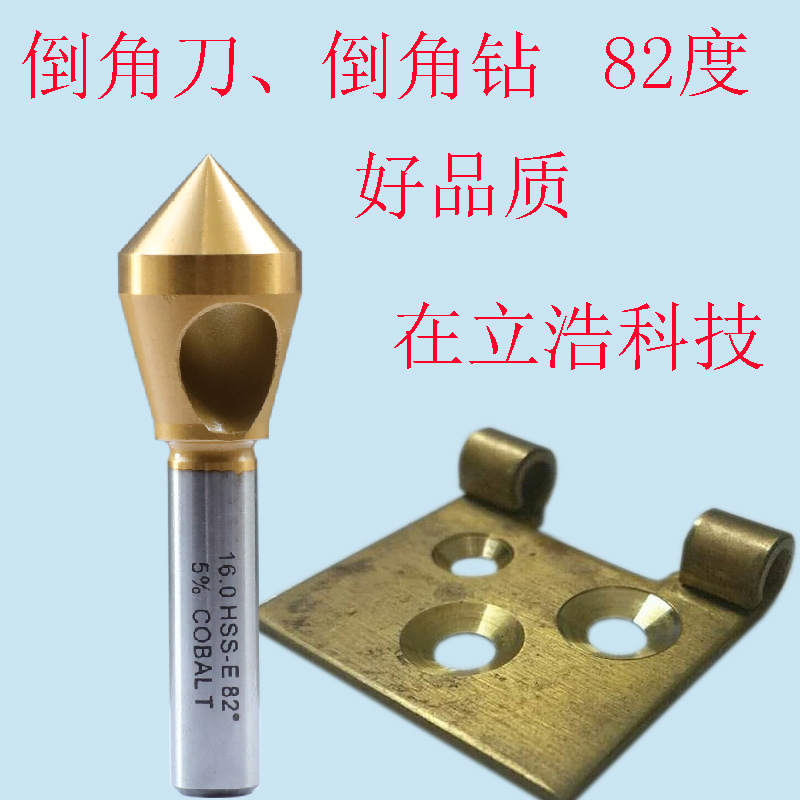立浩热线
13602311801
沉头钻头:定义和特性
定义
沉头钻头,也称为沉头钻头,是一种专门的钻孔工具,设计用于在各种材料上创建锥形孔。其独特之处在于钻头的锥形头逐渐扩大,使其在钻孔中形成圆锥形。这种设计专为安装沉头螺钉或螺栓而定制,确保平坦且不突出的安装表面。
特性
设计

The most distinguishing characteristic of the Countersunk Drill is its conical drill bit head. This design not only allows for the creation of conical holes but also ensures that the hole's upper part is enlarged, making it suitable for countersunk screws or bolts. Compared to traditional straight hole drills, the Countersunk Drill provides a more visually appealing and structurally stable installation surface.
Working Principle
When using a Countersunk Drill, the first step involves selecting the appropriate drill size and speed based on the specific requirements of the task. Once the right size and speed are determined, the drill bit is installed on the drilling rig or machine. Through a combination of rotation and pushing actions, the drill bit gradually cuts into the workpiece. As the drill rotates and advances, the conical head forms a conical hole in the material. When the desired drilling depth is reached, the advancing is stopped, and the drill bit continues to rotate to remove any chips inside the hole. Finally, the drill bit is removed, leaving a perfectly formed conical hole ready for the installation of countersunk screws or bolts.
Precision and Efficiency
High-quality Countersunk Drills, such as those produced by manufacturers like Lihao Technology, are known for their precision and efficiency. These drills ensure accurate hole positioning and smooth hole walls, making them ideal for demanding applications where precision is crucial. Additionally, their durable design and high-quality materials contribute to their long service life, reducing the need for frequent replacements.
Versatility
Countersunk Drills are highly versatile and can be used in a wide range of industries and applications. Some of the most common applications include:
Furniture Manufacturing: In the furniture industry, Countersunk Drills are used to drill holes in materials like wood and metal for installing countersunk screws or bolts, fixing various components of furniture.
Mechanical Manufacturing: In mechanical manufacturing, they are used to drill holes in metal sheets, pipes, and other components, enabling the installation of countersunk screws or bolts for tight connections between components.
Construction Industry: In construction, Countersunk Drills are employed to drill holes in concrete and bricks for installing countersunk screws or bolts, such as door and window fasteners, hangers, and other fixtures.
Electronic Manufacturing: In the electronics industry, they are used to drill holes in plastic, metal, or other materials like circuit boards or casings for installing countersunk screws or bolts, fixing electronic components, or achieving equipment assembly.
Conclusion
Countersunk Drill, with its unique conical design, plays a vital role in modern manufacturing and construction industries. Its precision, efficiency, and versatility make it an indispensable tool for a wide range of applications. As the manufacturing and construction industries continue to evolve, the demand for Countersunk Drills is likely to increase, expanding their application areas even further.